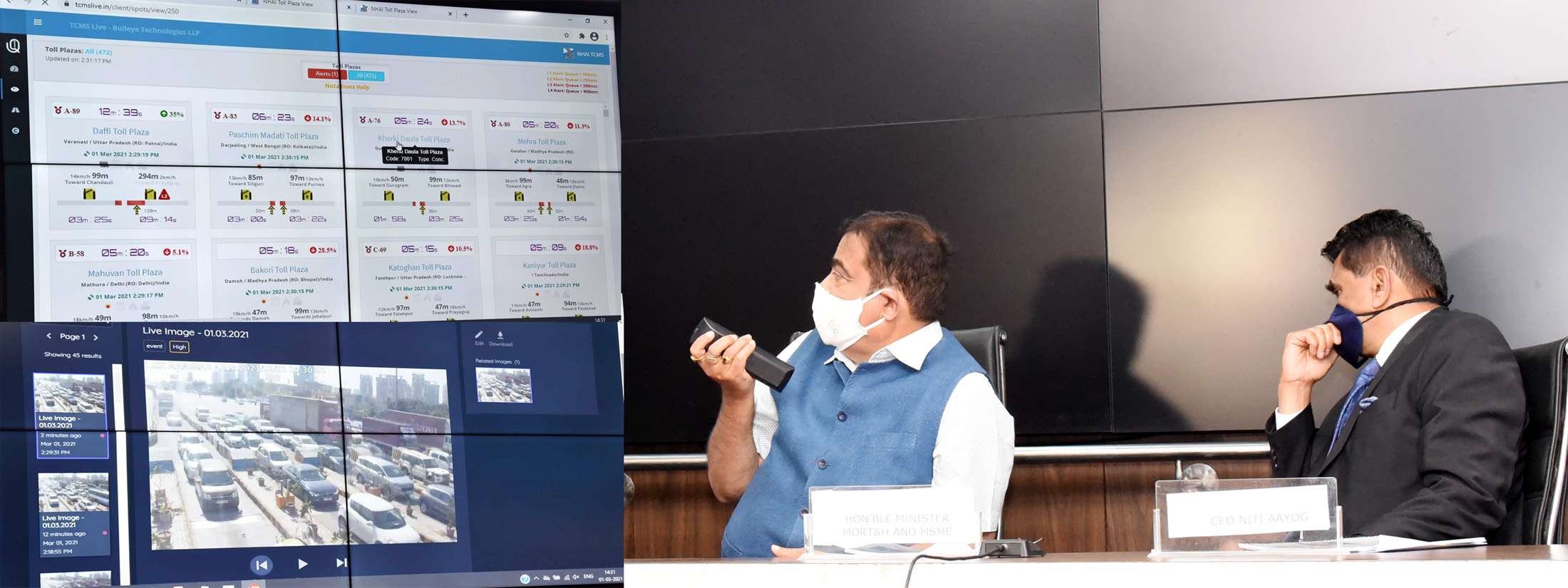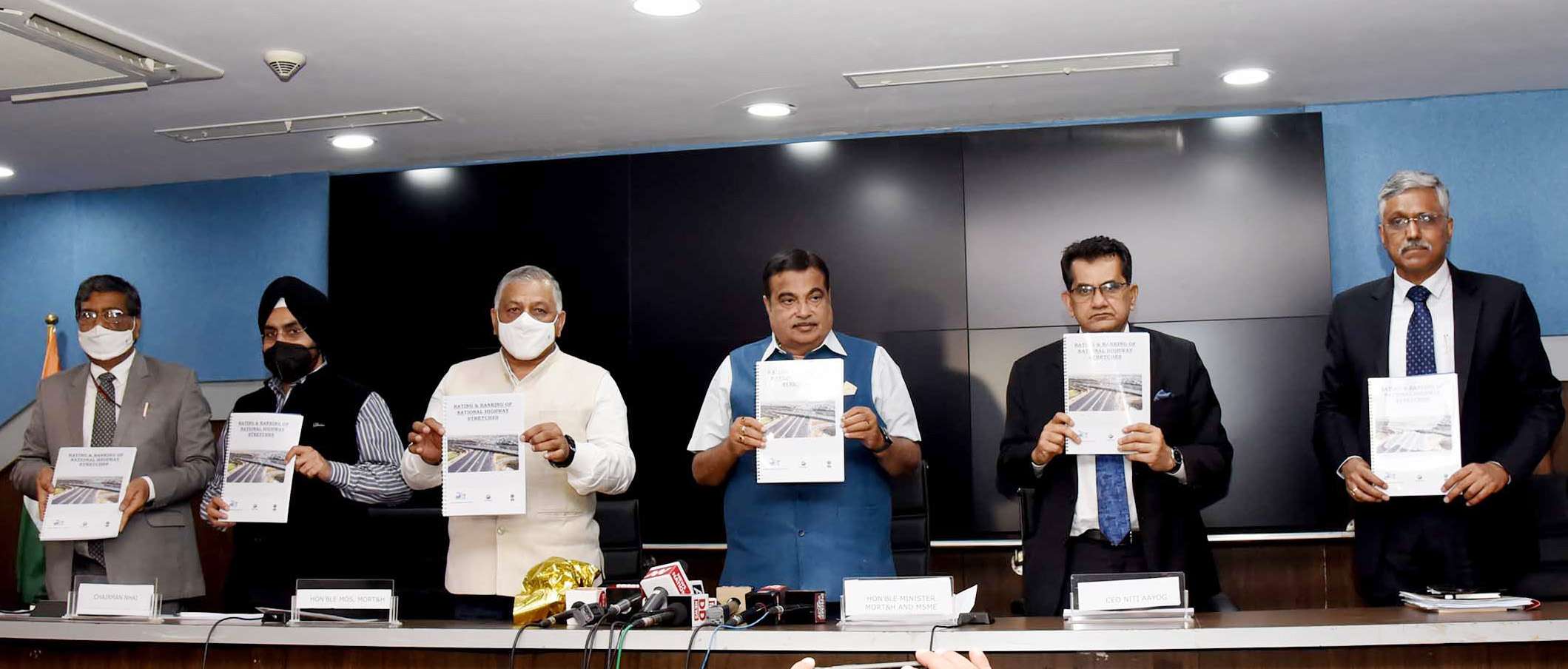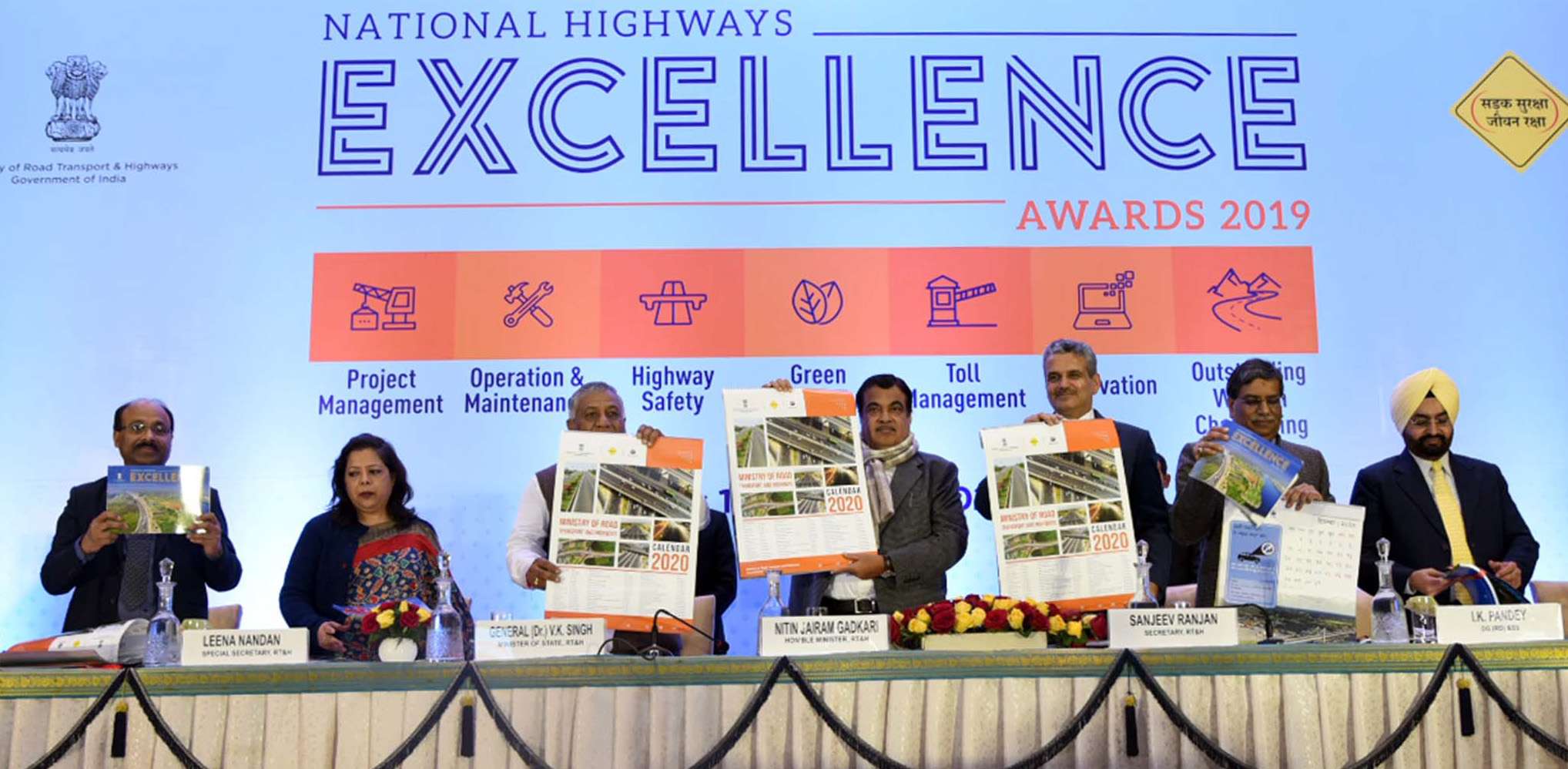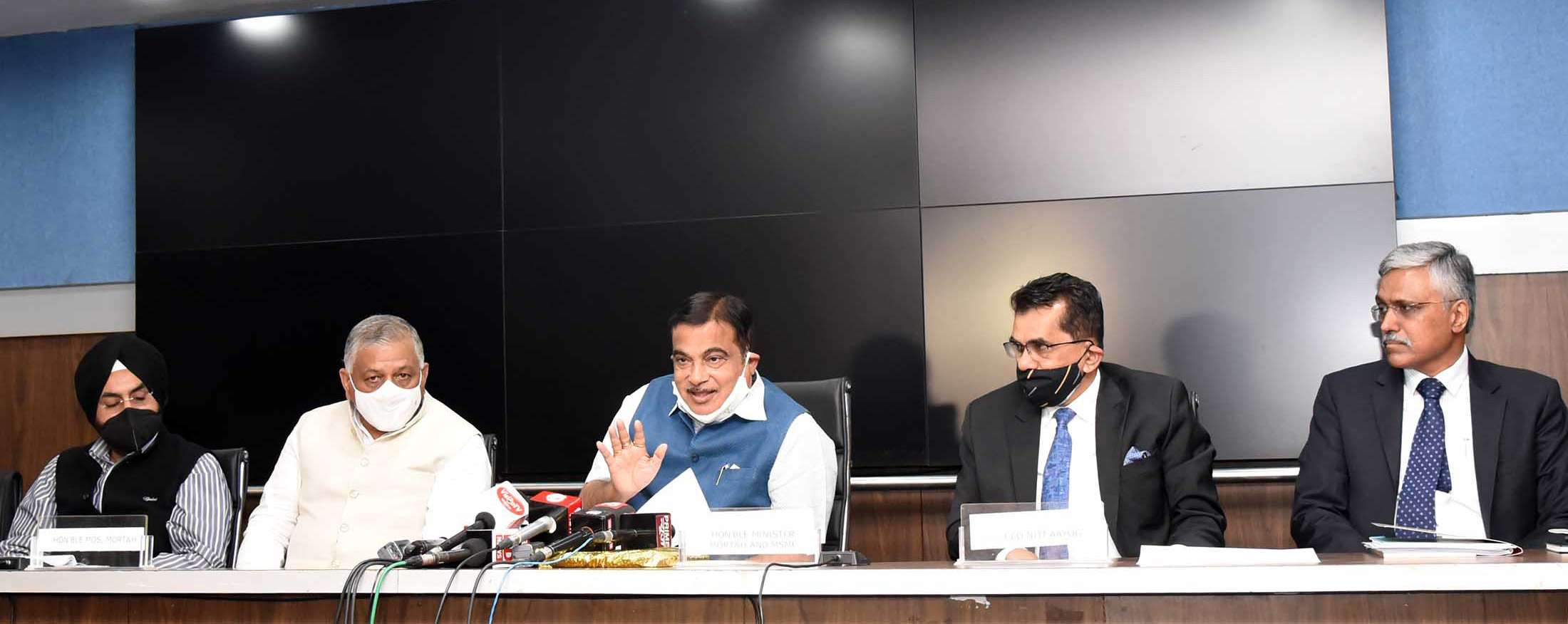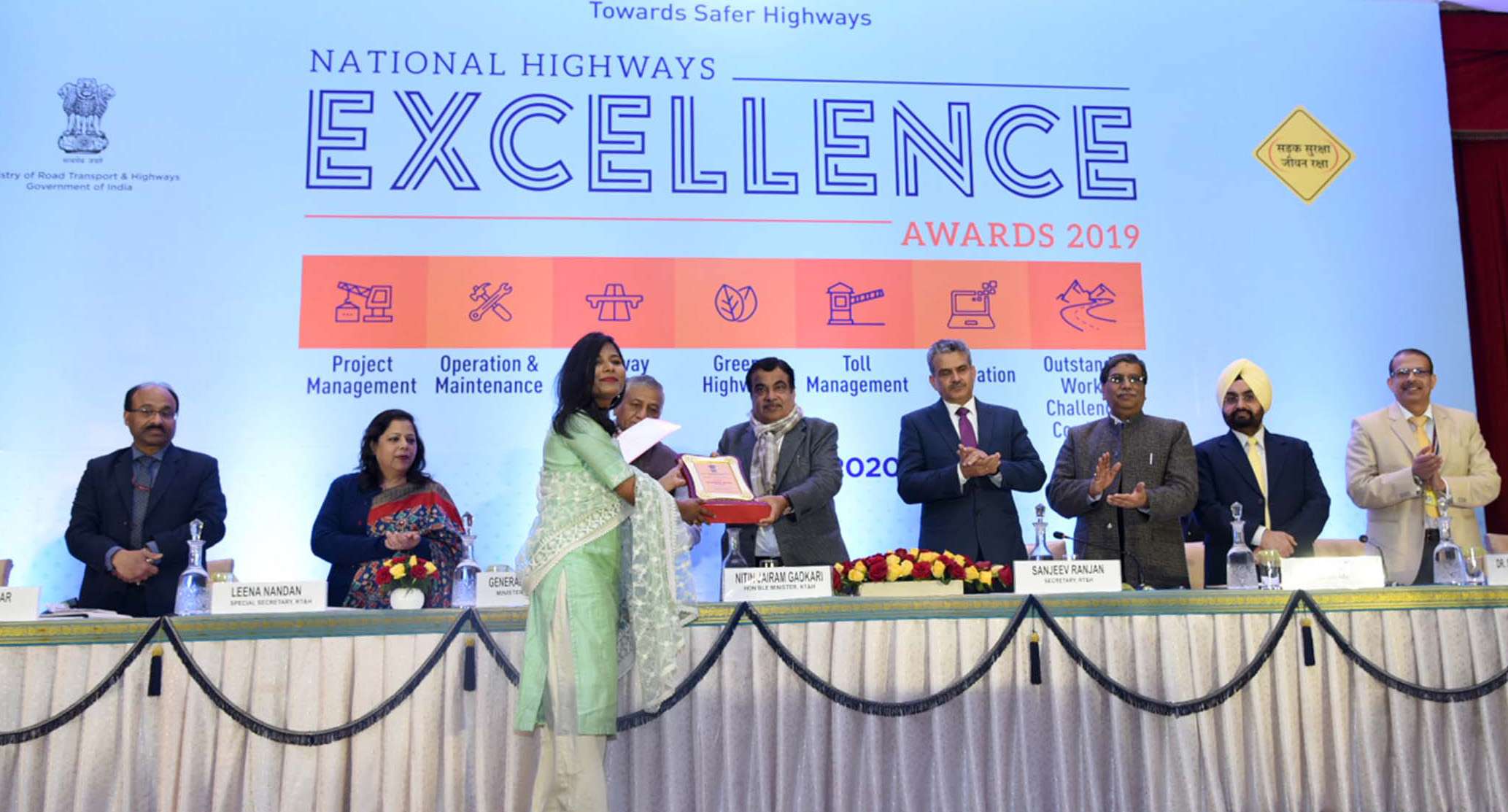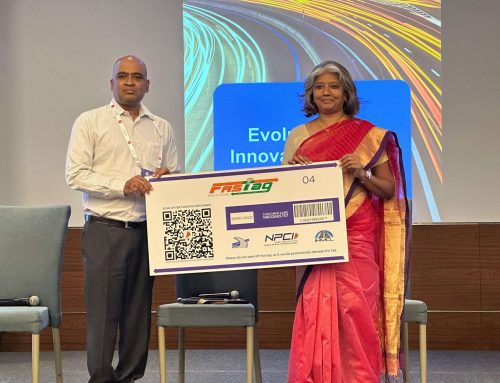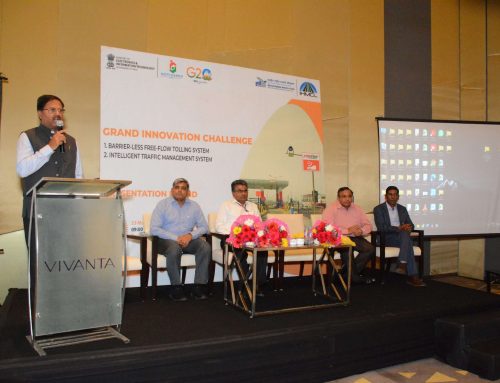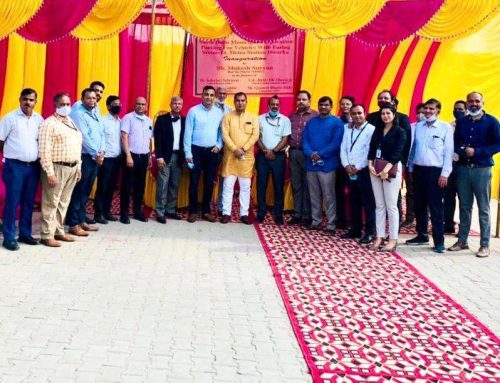On Monday (March 1), Minister for Road Transport and Highways Nitin Gadkari launched the real-time monitoring system for toll plazas across national highways. Through the live monitoring system, toll plazas will be able to measure the length of the traffic queue and waiting time on a real-time basis and, accordingly, come up with responses to reduce bottlenecks and improve efficiency of mandatory FASTag usage.
Apart from measuring the ‘Daily Congestion Index’ for each plaza, the live monitoring system will also provide details in real-time of peak-hour traffic at toll plazas. This would allow officials at the respective toll plazas to concentrate more on traffic management at that specific time daily.
According to a tweet on NHAI’s official handle, “The live monitoring system for toll plazas will be used to measure queue length and waiting time on a real-time basis in a bid to provide an immediate response, reduce bottlenecks and improve the efficiency of mandatory FASTag usage. (sic)”
The portal will be available in public domain. People can also track the current waiting time and peak traffic hours at toll plazas.
From February 15 midnight, FASTags have been made mandatory. Any vehicle not fitted with FASTags will be charged double the toll across the country. Since then, there have been many reports of long queues of vehicles at toll plazas. The live monitoring system is expected to take care of this hurdle.
On Monday, Gadkari also released the first ever ratings for National Highways. These ratings — compiled and evaluated by National Highways Authority of India for around 19,000km of completed four and six lane highways and expressways covering 343 toll plazas — will be used by the authorities to assess the reasons of inefficiency, safety issues, bottleneck at toll plazas, quality of user services and much more.

